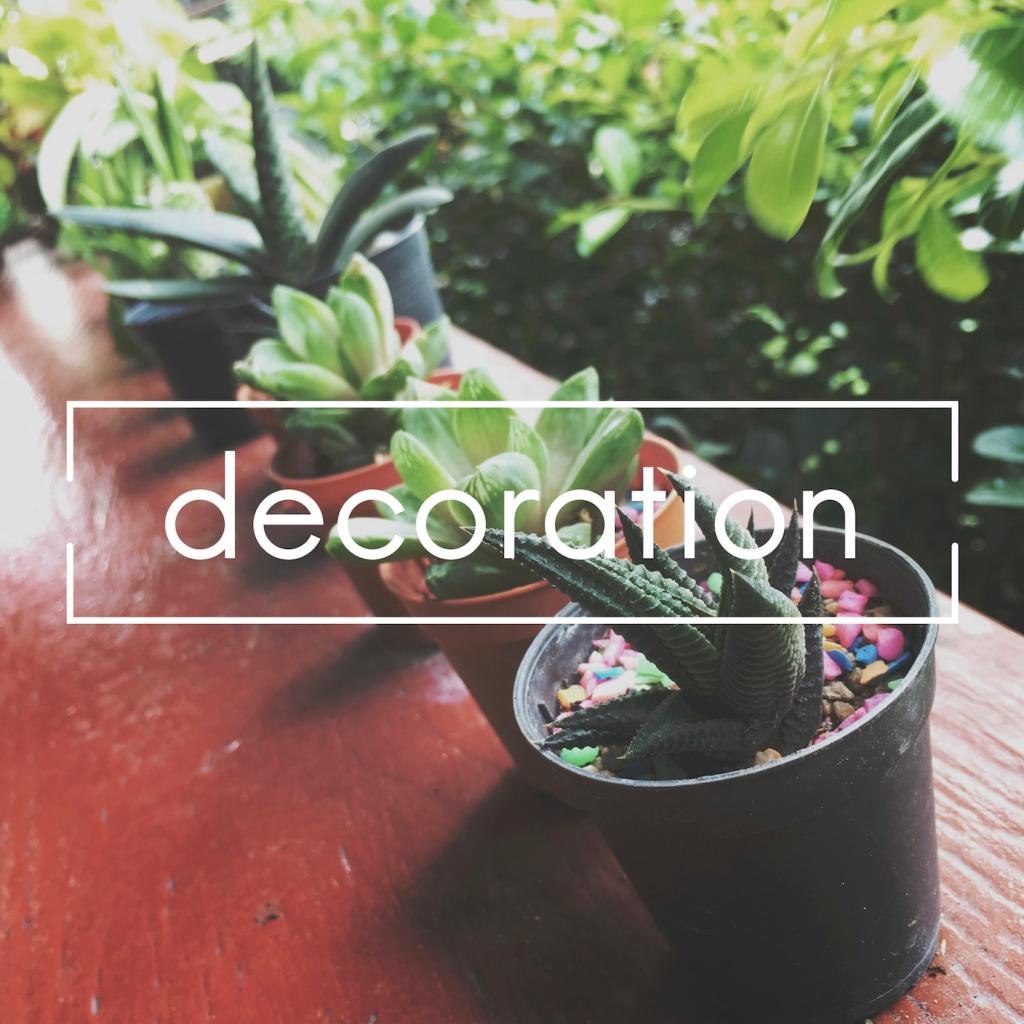Chosen theme: Non-Toxic Home Decor Options. Welcome to a home page devoted to design that feels as good as it looks—fresh air, honest materials, and choices that nurture your wellbeing without sacrificing style.

What “Non-Toxic” Really Means at Home
Non-toxic decor minimizes exposure to harmful chemicals by favoring low-emission materials, safer finishes, and transparent supply chains. It’s not perfection; it’s progress—reducing cumulative burdens so your rooms support deep rest and daily vitality.

Common Indoor Pollutants Hiding in Decor
Volatile organic compounds from paints, sealers, and adhesives can linger, while flame retardants, PFAS coatings, and formaldehyde-based resins often hide in upholstery, rugs, and composite wood. Identifying sources helps you replace the worst offenders first.

Labels and Certifications to Trust
Look for GREENGUARD Gold, OEKO-TEX Standard 100, GOTS, GOLS, FSC, CARB Phase 2, and MADE SAFE. These third-party benchmarks help you cut through marketing claims and confidently choose products that prioritize low emissions and human health.
Materials That Breathe Easy
Wood, Finishes, and Adhesives
Opt for solid wood or certified plywood with no-added-formaldehyde resins, paired with water-based or plant-based finishes. Use low-VOC adhesives like PVA, allow adequate cure time, and ventilate well to minimize lingering smells and emissions.


Textiles Without Toxic Baggage
Favor organic cotton, linen, hemp, and untreated wool. Skip PFAS stain repellents and unnecessary flame retardants. Seek OEKO-TEX or GOTS labels, and wash new textiles before use to remove processing residues while softening feel and improving breathability.
Choosing Truly Low-Emission Paints
Select zero-VOC bases and colorants, verify third-party certifications, and test sample quarts first. Keep windows open, run exhaust fans, and cure surfaces fully before moving back furnishings to ensure crisp color and cleaner indoor air.
Stains, Sealers, and Wax Alternatives
Try plant-based oils like tung or linseed, hardwax oils, shellac, or waterborne polyurethane with ultra-low VOCs. Apply thin coats, wipe excess diligently, and respect drying times so finishes remain durable, beautiful, and comfortably low-odor for years.
A Reader’s Makeover Story
Erin swapped a glossy, strong-smelling trim paint for a zero-VOC enamel and sealed her dining table with hardwax oil. Within days, their nightly headaches vanished, replaced by relaxed dinners and the gentle scent of beeswax and lemon.
Plan cross-breezes with operable windows, add trickle vents where possible, and use bath and kitchen exhaust fans thoughtfully. If renovating, consider ERV or HRV systems to exchange stale air while maintaining comfortable indoor temperature and humidity.
Designing for Clean Air and Sunlight
Sunlight can gently dry damp corners and reduce musty odors, while hygroscopic materials like lime plaster and wool buffer humidity. Balance UV exposure with protective shades so fabrics and finishes last without sacrificing your home’s bright, open feel.
Designing for Clean Air and Sunlight
Furniture That Loves You Back
Look for TB117-2013 compliance without added flame retardants, natural latex cushions wrapped in wool, and hardwood frames. Ask brands about foam chemistry, adhesives, and fabric treatments, and request written confirmation for truly transparent, non-toxic construction.
Furniture That Loves You Back
Vintage solid wood can be wonderful, having already off-gassed, but watch for lead paint or old finishes. Test when uncertain, refinish with low-VOC products, and celebrate patina that tells a story while maintaining healthier indoor air.
Furniture That Loves You Back
Choose GOTS or GOLS certified mattresses, slatted platforms for airflow, and breathable bedding. Skip synthetic fragrance sprays and fabric softeners, and launder new linens before first use for a restful, low-odor bedroom that truly restores your energy.
Habits That Keep Your Home Low-Toxic
Use fragrance-free basics and read full ingredient lists. Microfiber and mild soap handle most tasks; vinegar suits some surfaces but not stone. Be cautious with essential oils around kids and pets, and ventilate during any cleaning session.
Budget and DIY Pathways Without Compromise
Hunt for solid wood frames, real metal hardware, and natural fiber textiles. Sniff tests matter. Refinish gently with low-VOC products, replace hardware, and reupholster with natural fabrics to transform secondhand finds into heirloom-quality, non-toxic staples.
Budget and DIY Pathways Without Compromise
Wear gloves and masks, protect ventilation paths, and note that oily rags can self-heat—lay flat to dry or store in water-filled containers. Follow manufacturer cure times so surfaces harden properly and remain low-odor and durable.


